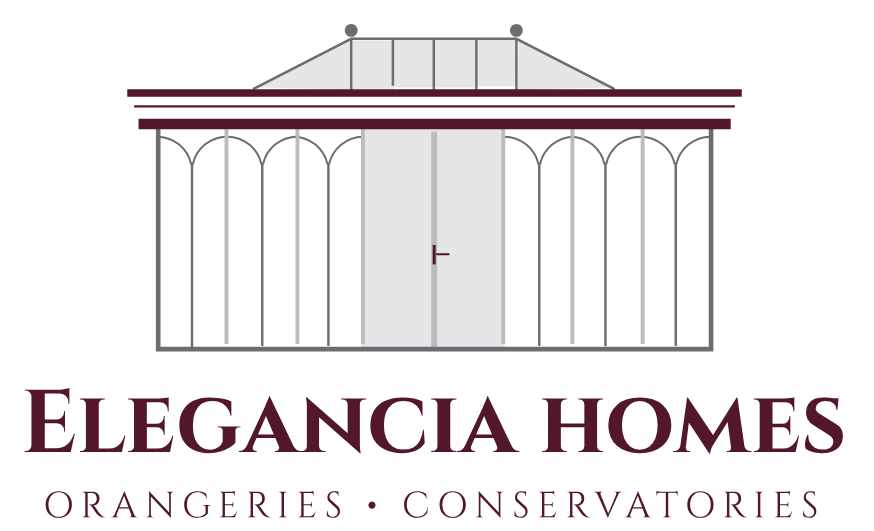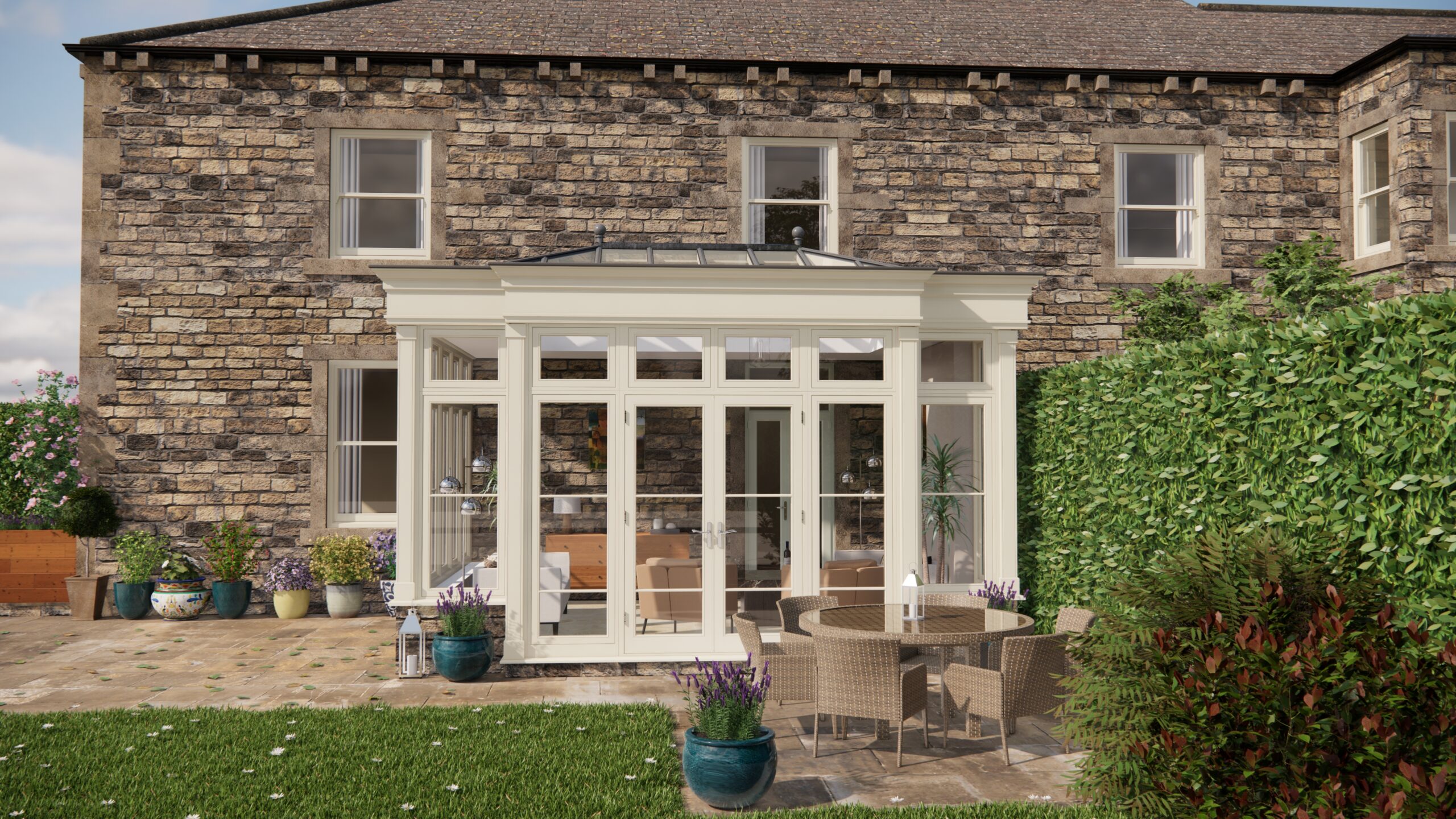When I first embarked on the journey to create my eco-friendly orangery, I envisioned a sanctuary that extended my living space into the natural world. I wanted a place where I could enjoy the warmth of the sun and the freshness of nature while being mindful of the planet’s resources. It was an exciting adventure, and I’m thrilled to share the sustainable design tips I discovered along the way. If you’re considering this path, here’s how you can design your own eco-friendly orangery.
Harnessing the Power of Natural Light
The orientation of your orangery is paramount. To maximise natural light, consider positioning it to face south if possible. This ensures that your space is flooded with sunlight throughout the day, reducing the need for artificial lighting. I opted for large, energy-efficient double-glazed windows which not only let in plenty of sunlight but also provided excellent insulation. The key is to select windows with a low U-value, which measures how effective a material is as an insulator. This will help maintain a comfortable temperature inside your orangery year-round.
Selecting Sustainable Materials
Choosing sustainable materials is crucial in reducing the environmental impact of your orangery. I decided on a timber frame from a certified sustainable source. Timber is not only renewable but also provides excellent insulation. If timber isn’t your cup of tea, consider aluminium or steel with high recycled content. Both options are durable and can be recycled at the end of their life cycle. For the flooring, I went with bamboo, a rapidly renewable resource that adds a touch of natural elegance.
Incorporating Green Technology
Integrating green technology into your design can significantly enhance the sustainability of your orangery. I installed solar panels on the roof, which generate clean energy to power the space. Depending on your budget and space, you might also consider a solar water heating system. Inside, energy-efficient LED lighting proved to be a great choice, offering longevity and consuming less electricity than conventional bulbs. To manage water use efficiently, I installed a rainwater harvesting system, which provides water for the plants and reduces reliance on mains water.
Natural Ventilation and Temperature Control
Maintaining a comfortable climate in your orangery doesn’t have to rely on energy-intensive heating or cooling systems. I incorporated passive ventilation techniques by installing roof vents and opening windows strategically. This natural airflow helps keep the space cool in the summer and comfortable in the winter. Additionally, using thermal mass materials like stone or concrete for walls or floors can absorb heat during the day and release it at night, moderating temperature fluctuations.
Bringing the Outdoors In
An orangery is an ideal way to blur the lines between indoor and outdoor spaces. I filled mine with a variety of plants, creating a mini indoor garden. Not only do plants improve air quality, but they also add a vibrant, natural aesthetic. Choose plants that thrive in your climate and require minimal watering. I found that ferns and succulents were perfect companions, providing greenery without demanding too much attention.
Adopting an Eco-Friendly Lifestyle
Designing an eco-friendly orangery is just the beginning of a sustainable lifestyle. I embraced the opportunity to adopt eco-friendly habits, such as composting kitchen waste to nourish the plants in my orangery and using eco-friendly cleaning products. Being conscious of the materials and resources we use daily is crucial in maintaining the integrity of our sustainable spaces.
Creating an eco-friendly orangery was more than just a project; it was a transformation of my lifestyle and home. By focusing on natural light, sustainable materials, green technology, natural ventilation, and incorporating nature itself, I crafted a space that is both beautiful and kind to the planet. This journey taught me that our homes can be sanctuaries that reflect our values, nurturing both our wellbeing and the environment. So, if you’re ready to take the leap, these steps can guide you in creating your own sustainable sanctuary.


